Understanding High Mileage for Motorcycles
When exploring the world of used motorcycles, understanding what qualifies as high mileage is crucial. Here is a simple glance at motorcycle mileage numbers and their significance. High mileage is typically between 20,000 to 50,000 miles. Specifically, sports bikes reach high mileage status at approximately 20,000 to 30,000 miles. In contrast, cruisers and touring bikes are considered high mileage near the 50,000-mile mark.
Motorcycle Mileage Ranges by Type:
- Sports bikes: 20,000-30,000 miles
- Cruisers: Up to 50,000 miles
- Touring bikes: Around 50,000 miles or more
- Standard/naked bikes: Over 50,000 miles
- Dual-sport/Adventure bikes: Over 50,000 miles
- Dirt bikes: Approximately 20,000 miles
Keep in mind, the type of motorcycle and its use play a significant role. A bike used rigorously will show signs of wear sooner. Always pay attention to model, usage, and owner care over just the mileage numbers. An adequately maintained bike with high miles can be a better choice than one with lower miles but poor maintenance.
Remember, the mileage threshold for high mileage varies depending on the motorcycle type. Sports bikes generally have a lower threshold than touring models. These insights can support smarter decisions when considering a high-mileage motorcycle purchase.
Average Annual Motorcycle Mileage: What to Expect
When shopping for used motorcycles, consider the average annual motorcycle mileage. It’s roughly 3,000 miles per year. This number varies with each rider’s habits and the bike’s usage.
Expected Annual Mileage by Motorcycle Type:
- Sports bikes: Often ridden hard; expect higher annual miles.
- Cruisers and Touring bikes: May have lower annual mileage due to long trips.
- Dirt bikes: Likely to have lower annual miles; used sporadically.
The annual mileage gives a clue about a motorcycle’s lifespan. However, it’s not the only factor. Regular maintenance can extend a bike’s life. High-mileage motorcycles could still be in prime condition if well-kept. Always look beyond the mileage figure when evaluating a motorcycle’s worth.
Mileage vs. Lifespan: How Long Can Motorcycles Last?
Motorcycles vary in how long they can last. It’s important to know that mileage alone is not the sole indicator of a motorcycle’s lifespan. Many factors play a role in determining how long a motorcycle will remain roadworthy. Here are several key points to consider when assessing the longevity of a motorcycle based on mileage:
- Motorcycle Type: Different types of motorcycles have different longevity expectations. For example, cruisers and touring bikes often last longer, potentially exceeding 50,000 miles without major issues, while sports bikes may be considered high mileage after reaching 20,000 to 30,000 miles.
- Maintenance: A motorcycle that receives regular maintenance is more likely to have an extended lifespan. Services such as oil changes, air filter changes, and proper storage can significantly impact motorcycle durability.
- Riding Habits: How the motorcycle was ridden also affects its condition. Bikes that have been ridden hard and fast may have a shorter lifespan compared to those used for casual, relaxed rides.
- Quality of Care: The overall care taken by the previous owner(s), including storage conditions and adherence to service intervals, can greatly influence a motorcycle’s longevity.
- Brand and Model Reputation: Some motorcycle brands and models are known for their durability and ability to handle high mileage better than others.
To sum it up, while mileage gives a snapshot of a motorcycle’s usage, it does not tell the full story. A well-maintained motorcycle with higher mileage can still be a worthwhile investment, especially if it’s from a reputable brand known for enduring high mileage. When considering a high-mileage motorcycle, look at the bigger picture, including the factors listed above, to judge its potential longevity.
The Importance of a Motorcycle’s Service History
When assessing a high-mileage motorcycle, the service history is key. It’s more telling than the odometer reading alone. Here’s why understanding the service history is critical and what you should look for:
- Regular Maintenance: Look for consistent oil and air filter changes. These are vital for engine health.
- Storage: Find out how the motorcycle was kept. Indoor storage typically means reduced exposure to harsh elements.
- Usage Patterns: Was the motorcycle used regularly, or left sitting? Bikes in consistent use often fare better over time.
- Service Records: They should detail both major and minor maintenance tasks done throughout the bike’s life.
- Past Issues: Service documents can reveal historical problems and fixes, indicating potential future concerns.
- Maintenance Quality: High-quality services from reputable mechanics or dealerships add to a bike’s reliability.
A motorcycle with detailed service history suggests meticulous care, which is crucial for high-mileage bikes. It may translate into fewer problems down the line. Conversely, a sparse or nonexistent service history hints at unknowns, which could spell trouble and added expenses.
In summary, a thorough service history often equates to a well-maintained motorcycle. It can instill confidence in a high-mileage bike’s condition and offer insights into longevity and performance.
Breaking in a Motorcycle: New and Rebuilt Engines
Breaking in a new or rebuilt motorcycle engine is a crucial step. It ensures longevity and optimal performance. The initial 500 to 1,000 miles constitute the break-in period. During this phase, it’s vital to treat the engine gently to set the stage for its future use.
Here are tips for a proper break-in:
- Use the highest gear possible when riding.
- Avoid pushing the engine too hard in any gear.
- Shift down before the engine struggles.
- For the first 500-1,000 miles, keep the throttle under 3/4.
- Steer clear of hard stops and aggressive starts.
These practices reduce stress on the engine components. They help seal the piston rings and settle other engine parts. If done correctly, breaking in your motorcycle can extend its overall lifespan, even at high mileage.
Additionally, if a bike has undergone an engine rebuild, you must repeat the break-in process. Doing so is as if the engine is brand new. This is because all the internal components need to re-acclimate to working together. Ignoring the break-in period could result in reduced engine performance or damage.
When buying a high-mileage motorcycle, inquire about the engine’s condition. If it’s been rebuilt, ask if it was properly broken in. A well-executed break-in is a good sign of attentive ownership and care.
Storage Conditions and Their Impact on Motorcycles
The storage environment of a motorcycle plays a crucial role in its longevity. Bikes kept indoors typically fare better than those left outside, as they’re shielded from weather elements. A garage provides protection from rain, snow and harsh sun. These factors can lead to rust, paint damage, and deteriorating rubber components. Inside storage also reduces the likelihood of vandalism or theft.
Factors Influencing Motorcycle Condition Due to Storage:
- Weather Exposure: Motorcycles exposed to extreme temperatures and moisture will likely show signs of weathering more quickly.
- Indoor vs. Outdoor: Bikes stored in a controlled indoor environment usually maintain their condition longer. Look for signs of indoor storage, such as fewer rust spots and less sun fade.
- Protection from Elements: A garage or covered space can prevent long-term damage from environmental conditions. Motorcycles kept under a cover can also benefit.
- Security Measures: Indoor storage areas can provide enhanced security features. This helps prevent potential theft or tampering with the motorcycle.
Good storage conditions suggest thoughtful care by the owner, which might indicate the motorcycle is in better shape, despite high motorcycle mileage. In contrast, poor storage might hide issues that aren’t immediately visible. When considering a high-mileage motorcycle, ask where and how the bike was stored, as it gives valuable insight into its overall care and potential issues.
Evaluating Different Types of Motorcycles by Mileage
When considering a high-mileage motorcycle, the bike’s type is crucial. Different motorcycles handle mileage differently based on design and usage. Here’s a simple guide to help you evaluate various motorcycle types by their mileage:
- Sports Bikes: They tend to reach high mileage status quicker, around 20,000 to 30,000 miles. Their design is for speed and agility, and they often experience more wear.
- Cruisers: These can often handle more mileage, up to 50,000 miles, before being classed as high-mileage. They are built for comfort and longer rides, thus enduring mileage better.
- Touring Bikes: Designed for long distances, touring bikes can handle high mileage, sometimes over 100,000 miles, reflecting robust engineering.
- Standard/Naked Bikes: These versatile bikes often have a good balance between performance and durability, with high mileage at over 50,000 miles.
- Dual-Sport/Adventure Bikes: Made for varied terrain, they hold up well and generally have high mileage thresholds similar to standard bikes.
- Dirt Bikes: With a rougher use in mind, dirt bikes may be high-mileage by 20,000 miles due to intense conditions.
Understanding these variations helps anticipate how a high-mileage motorcycle might perform. Remember, it’s not just about numbers. How the motorcycle has been maintained and used is as important as the type. Always consider overall care and history alongside the motorcycle mileage for a true assessment of the bike’s condition.
Assessing the Previous Owners and Usage Patterns
When you’re considering a high-mileage motorcycle, the ownership and how it’s been ridden matter greatly. Here’s what to scrutinize:
Ownership History:
- Single or Multiple Owners: A bike with fewer owners is likely to have a more transparent maintenance and usage history.
- Seller Reliability: Confirm the credibility of the seller. A trustworthy seller should provide accurate information about the bike’s past.
Usage Patterns:
- Riding Frequency: Determine how often the bike was used. Infrequent use might indicate the need for maintenance.
- Riding Style: Was the bike used for relaxed cruising or aggressive riding? The latter may lead to quicker wear.
- Type of Riding: Find out if the bike was used for commutes, long tours, or off-road adventures. This affects its condition.
By understanding the bike’s past owners and how they used it, you can make a more informed decision. Always weigh this human element alongside the motorcycle mileage to gauge true wear and potential upkeep.
The Influence of Mileage on Motorcycle Value
When considering a used motorcycle, its mileage can be a strong indicator of its remaining value. A bike with lower mileage may be priced higher due to perceived longevity, while those with higher miles on the odometer are often seen as having a reduced lifespan and thus are priced lower. Here’s what to keep in mind regarding motorcycle mileage and value:
- Perceived Wear and Tear: Higher mileage often suggests more wear and could influence the price downwards.
- Maintenance and Condition: A well-maintained high-mileage motorcycle might still hold considerable value.
- Model and Brand: Some motorcycles are renowned for their long-lasting engines, which can maintain value despite high mileage.
- Market Demand: Popular models can retain value better, even with higher mileage.
- Comparative Pricing: Check similar models and their prices based on mileage to gauge a good deal.
- Negotiation Leverage: Knowledge of a motorcycle’s mileage provides a bargaining tool during purchase negotiations.
- Potential Resale Value: Consider whether the motorcycle’s mileage will affect its value when you plan to resell it.
In essence, while high motorcycle mileage can influence a bike’s value, it doesn’t solely dictate it. Factors such as condition, maintenance history, and model reputation play critical roles. For those looking for a bargain, a high-mileage motorcycle can be a smart investment if it checks the right boxes in terms of upkeep and overall condition. Always weigh the bike’s mileage against its current state and history to determine its true worth.
Assessing the Condition of High-Mileage Motorcycles
When looking at high-mileage motorcycles, examining their condition is key. Don’t just focus on numbers; their real-world state matters more. Here are critical areas to check:
Engine Performance
Start the bike and listen. The engine should run smoothly without strange noises. Check for smoke and look for oil leaks. Smooth gear shifts signal a well-kept engine.
Frame and Suspension
Inspect the frame for cracks or repairs. Check the suspension’s responsiveness. It shouldn’t feel too soft or stiff; that could mean wear or neglect.
Brakes and Tires
Worn brakes and tires are safety risks. Ensure the brake pads aren’t too thin and the tires have good tread depth with no cracks.
Electrics and Lights
Test all lights, indicators, and the horn. Flick through the high and low beams. Electrical issues can be pricey to fix.
Overall Wear and Tear
Look closely at the bike’s body. Scratches and dents may indicate falls. Excessive rust could mean poor storage.
By meticulously checking these areas, you can determine if the motorcycle mileage has translated into high wear or if it has been maintained well despite the numbers. Remember, a high-mileage motorcycle in good condition can be a good buy, especially if backed by solid maintenance records. Always prioritize overall care above the motorcycle mileage. This approach will serve you well in finding a reliable high-mileage motorcycle.
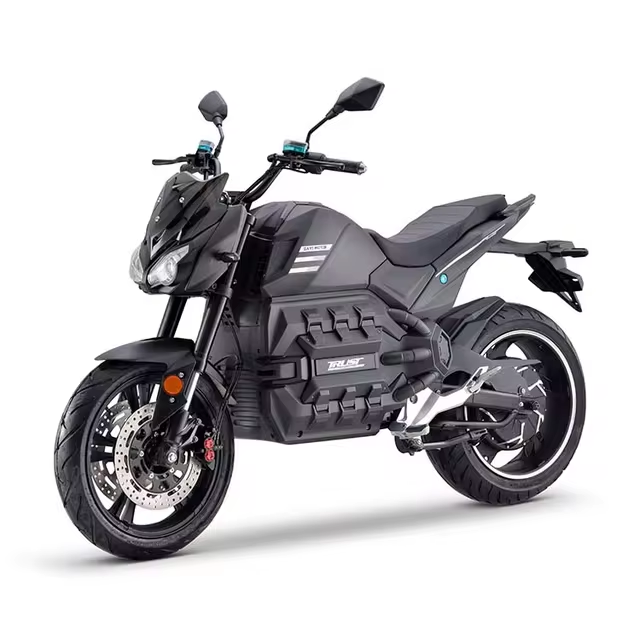 Maintenance Tips for High-Mileage Motorcycles
Maintenance Tips for High-Mileage Motorcycles
Keeping a high-mileage motorcycle in good shape requires consistent care and attention. Here are practical tips for maintaining your high-mileage ride:
- Regular Oil Changes: Change the oil as suggested by the manufacturer. Fresh oil keeps the engine healthy.
- Check Air Filters: Dirty air filters strain the engine. Clean or replace them regularly to avoid this.
- Maintain Chain and Sprockets: Lubricate the chain and check sprocket wear often. They’re vital for smooth rides.
- Inspect Brakes: Check brake pads and fluid levels. Timely replacements are crucial for safety.
- Monitor Tire Pressure and Tread: Correct tire pressure saves fuel. Also, watch for tread wear to maintain grip.
- Fluid Checks: Aside from oil, ensure other fluids like coolant and brake fluid are at proper levels.
- Battery Care: Keep the battery charged and clean. A failing battery can leave you stranded.
- Regular Service Check-ups: Stick to the service schedule. Professionals spot issues you might miss.
- Listen to Your Bike: Pay attention to new noises or changes in performance. They can signal problems.
By following these maintenance tips, your motorcycle can surpass the average motorcycle mileage and continue to perform reliably. Regular upkeep is the key to extending the life and value of your high-mileage motorcycle.

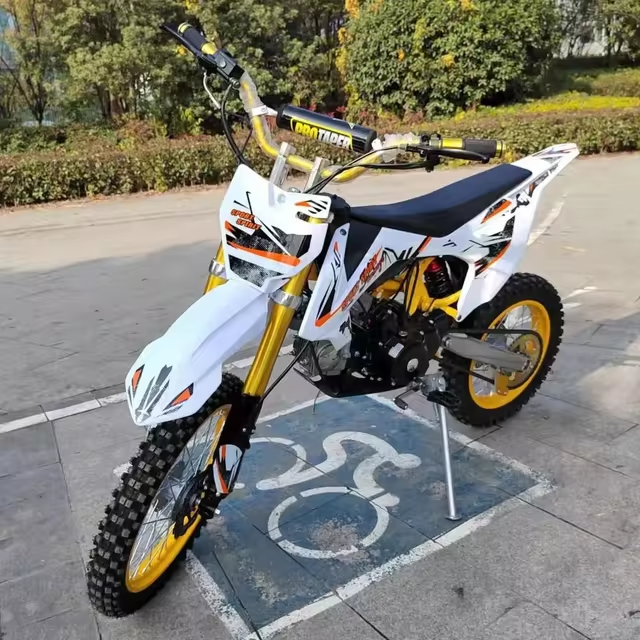
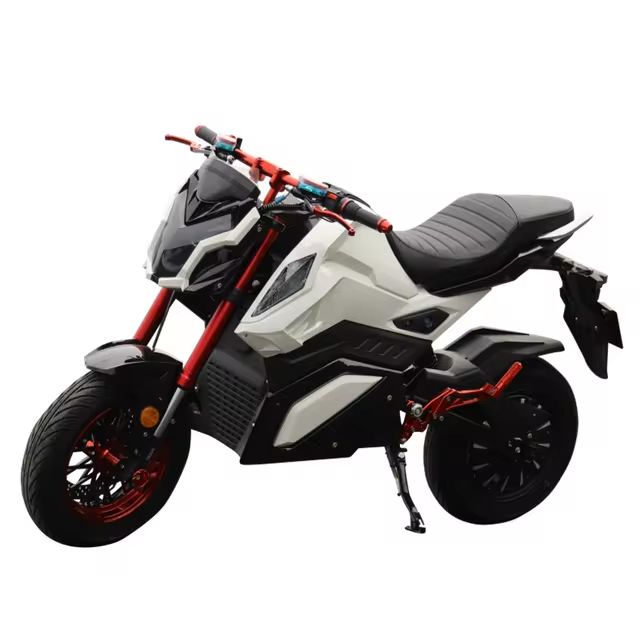
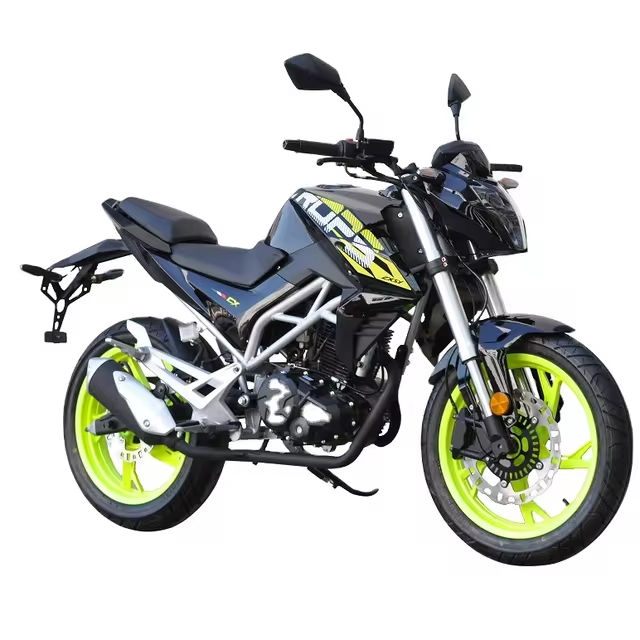
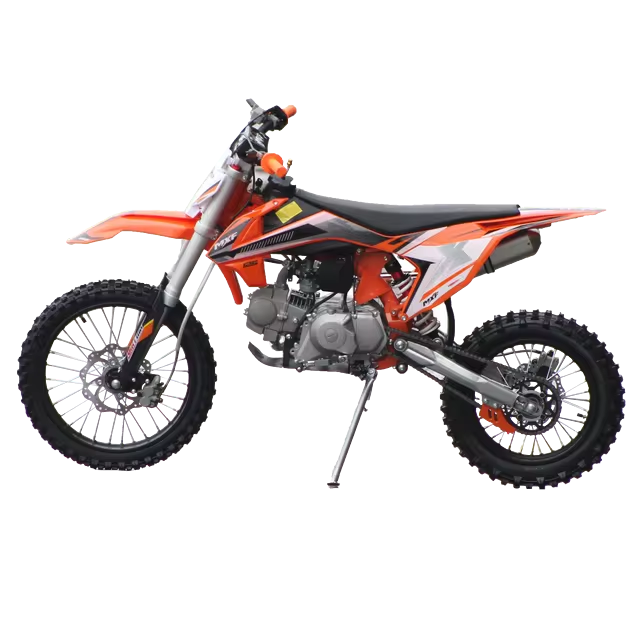
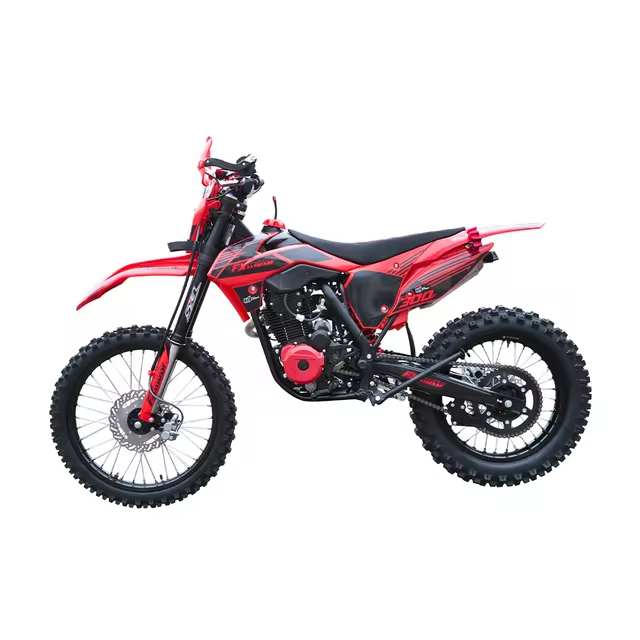
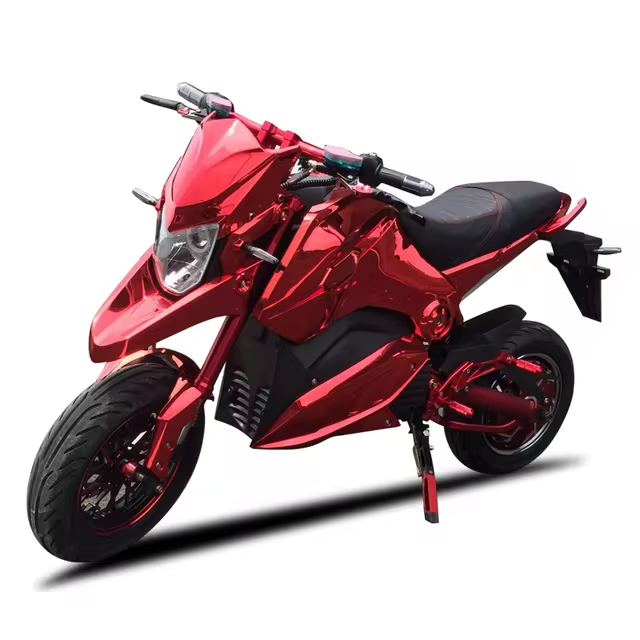
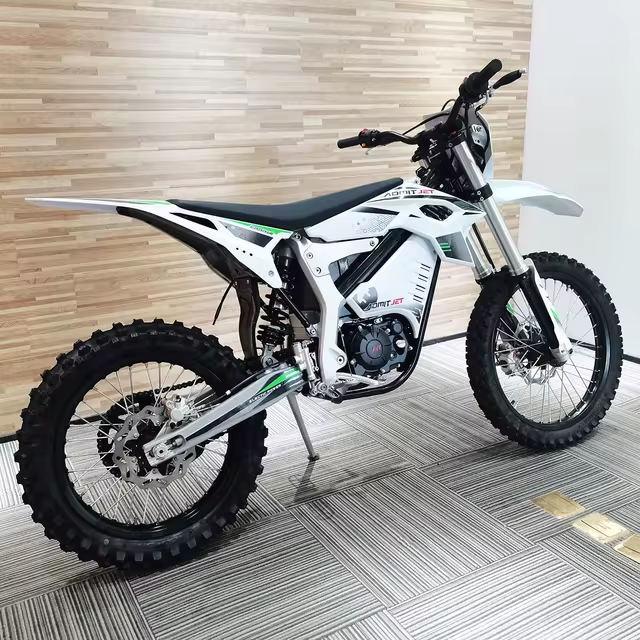
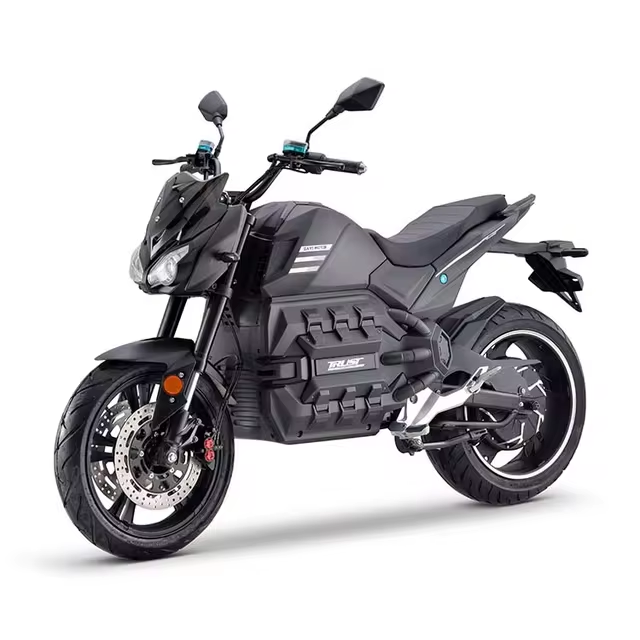
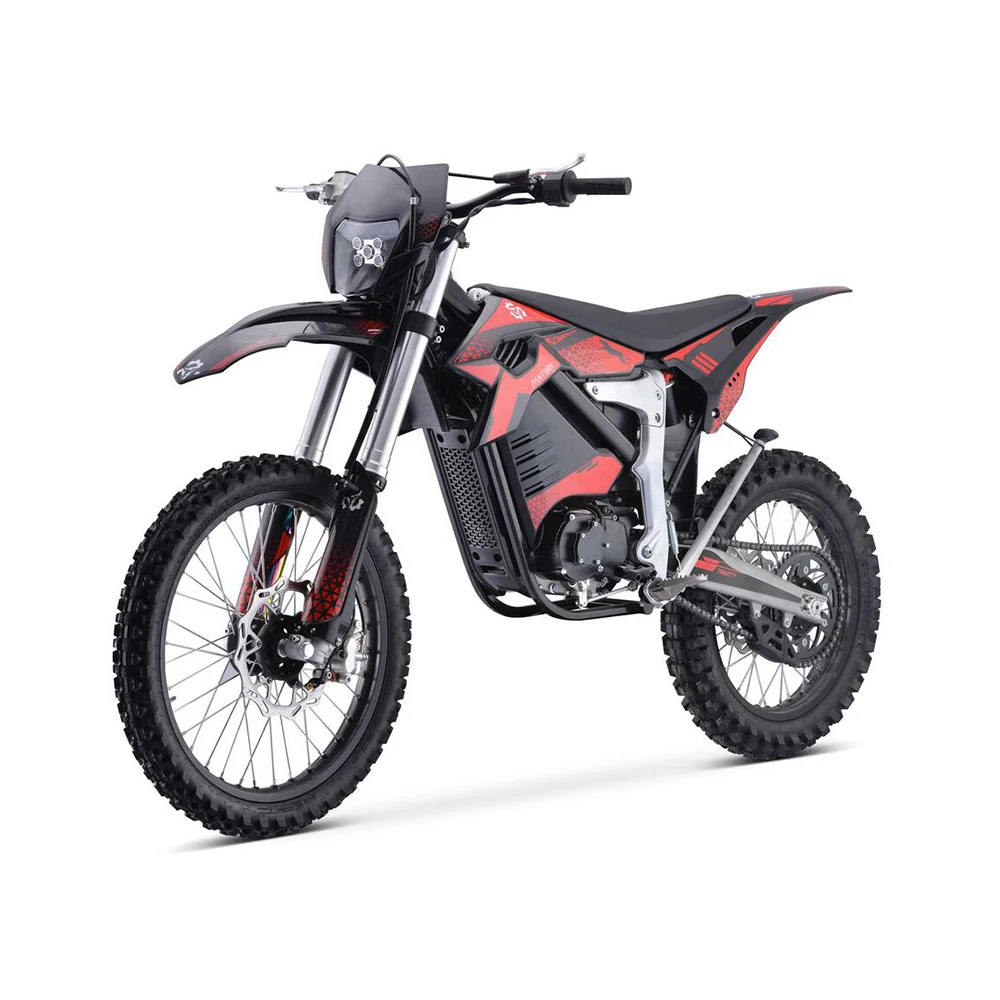 The Future of Speed: Electric Motorcycles and Innovation
The Future of Speed: Electric Motorcycles and Innovation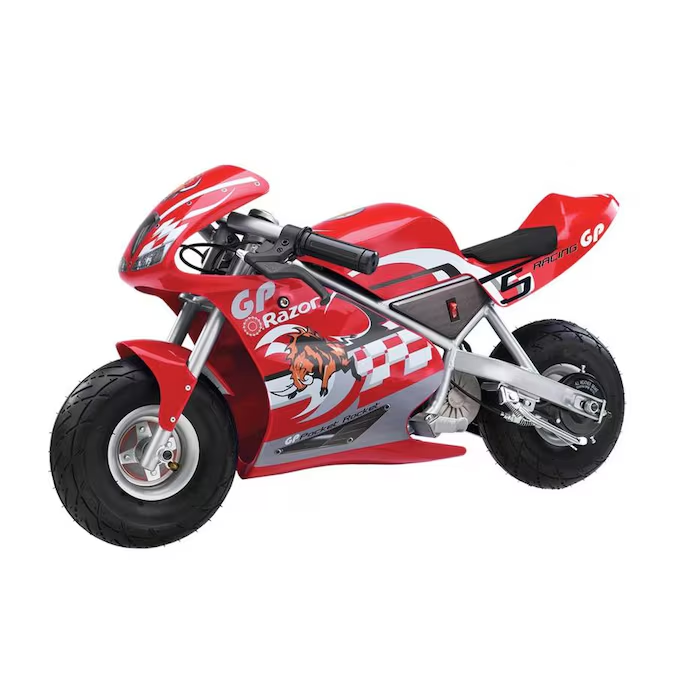
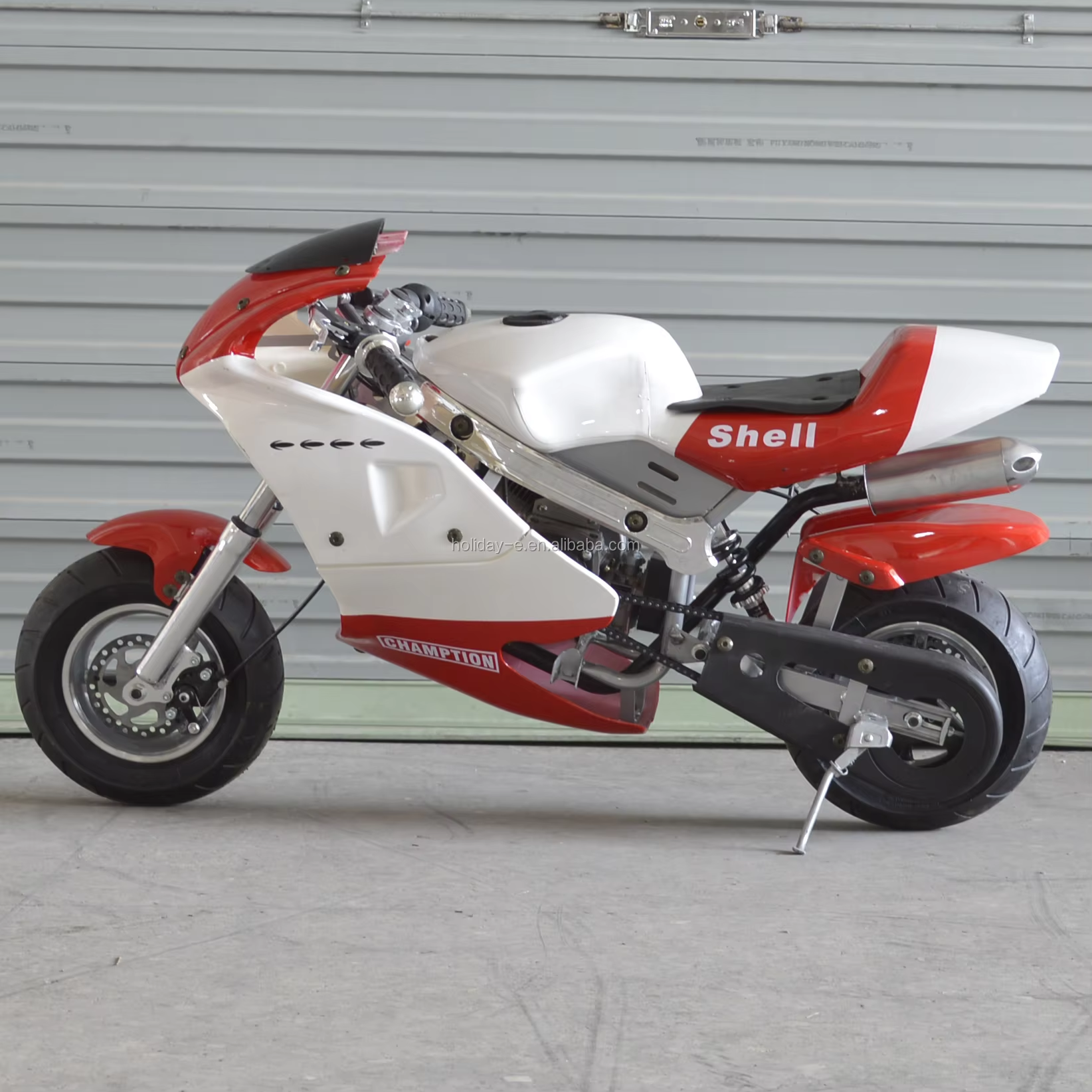
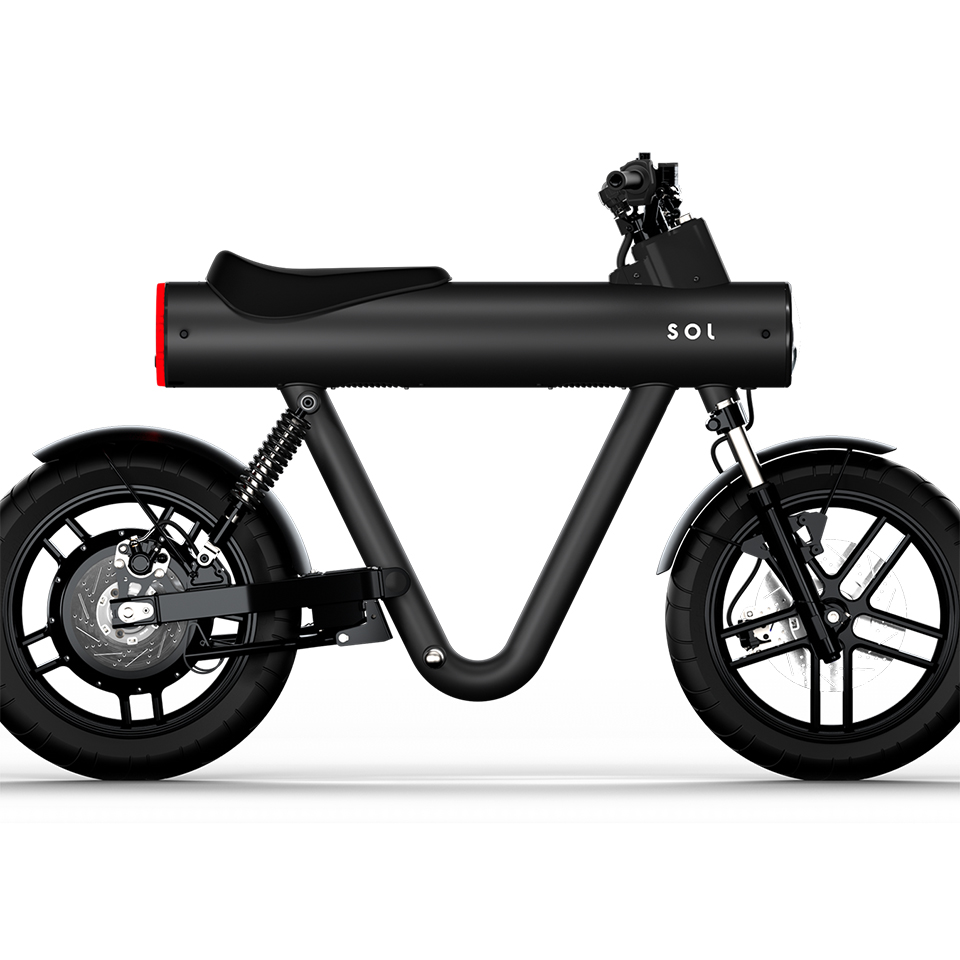
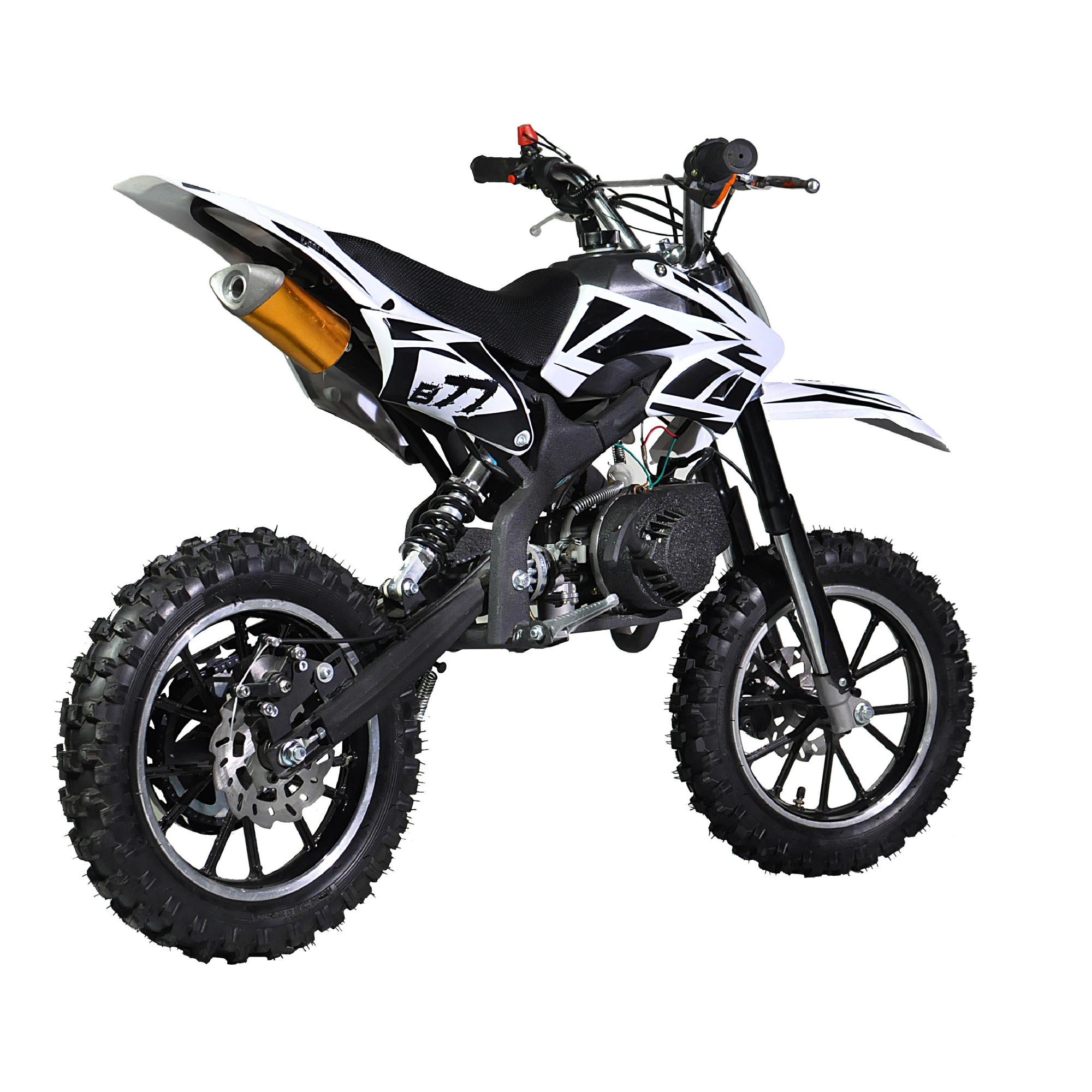
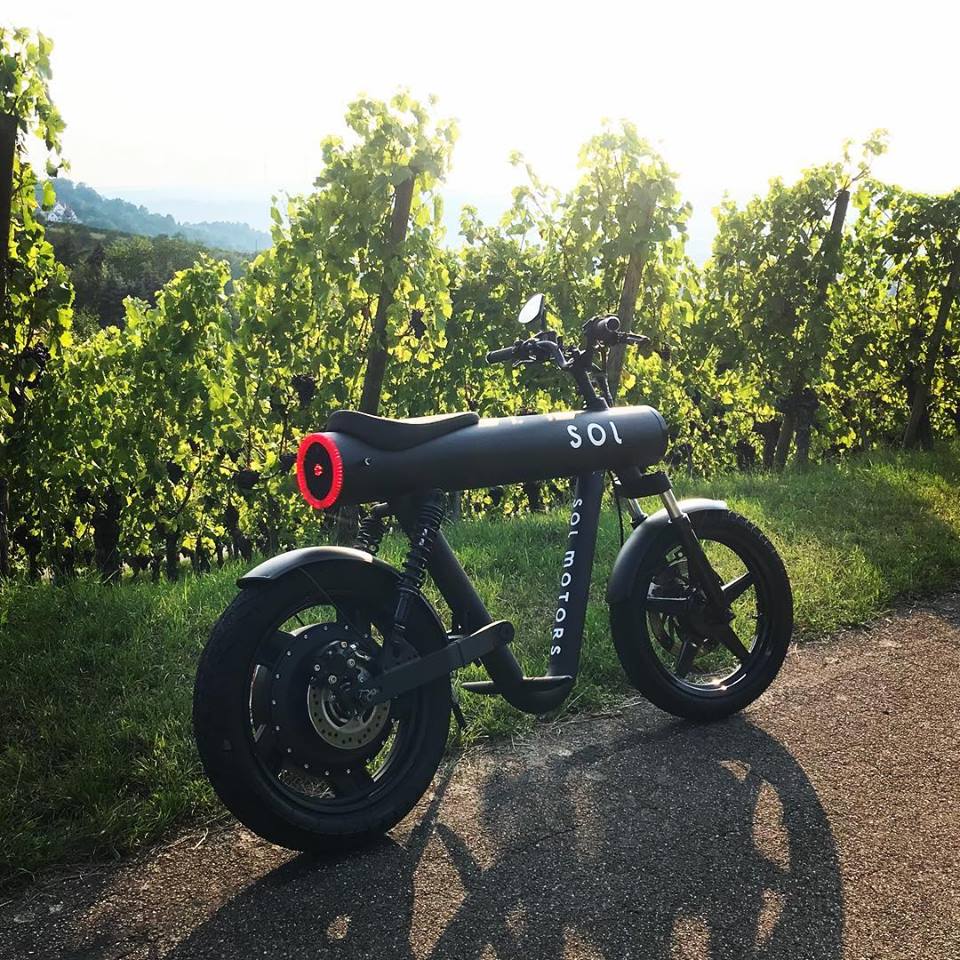 Community and Events
Community and Events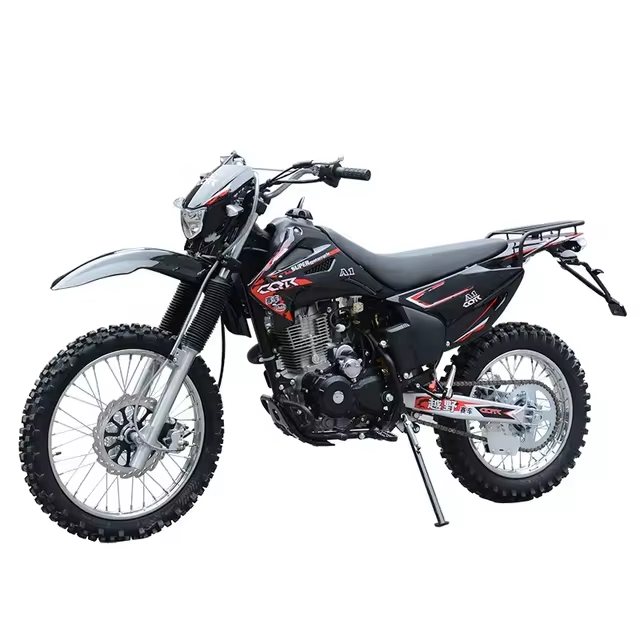
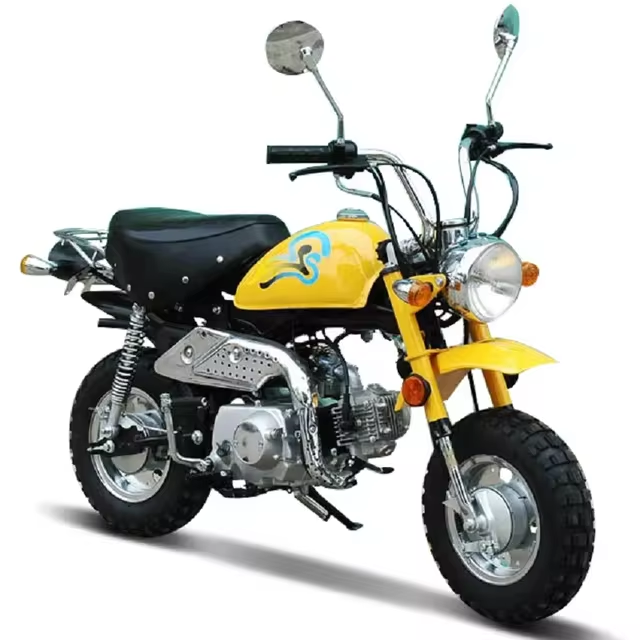
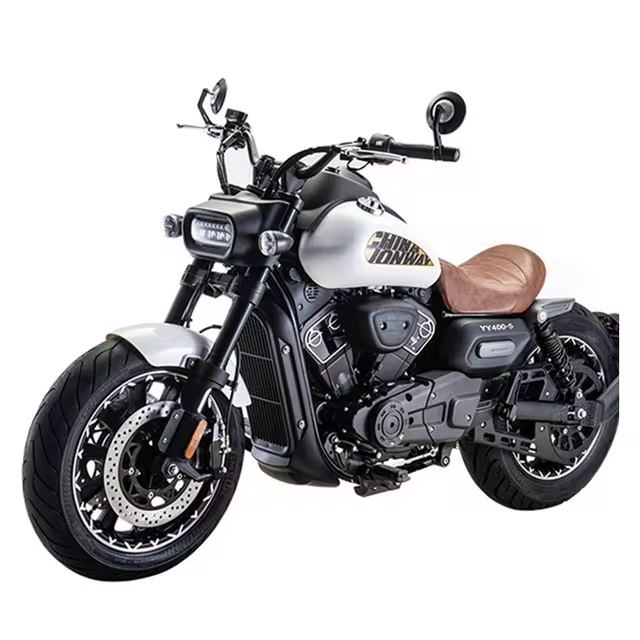 The Importance of Defensive Riding
The Importance of Defensive Riding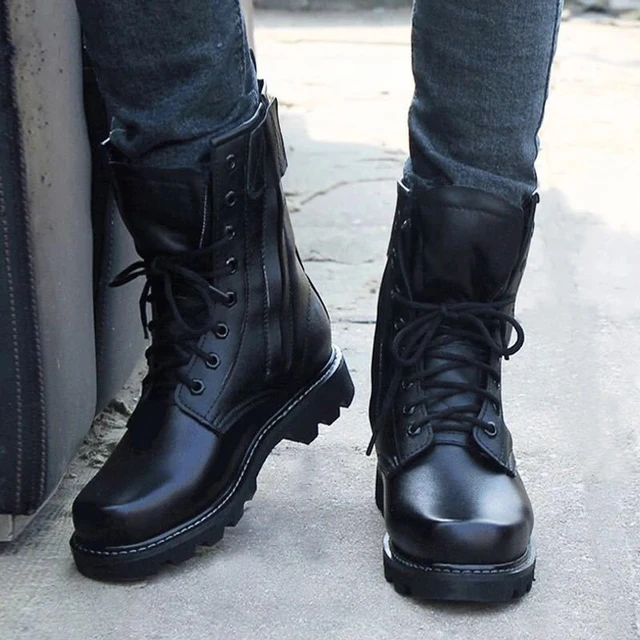
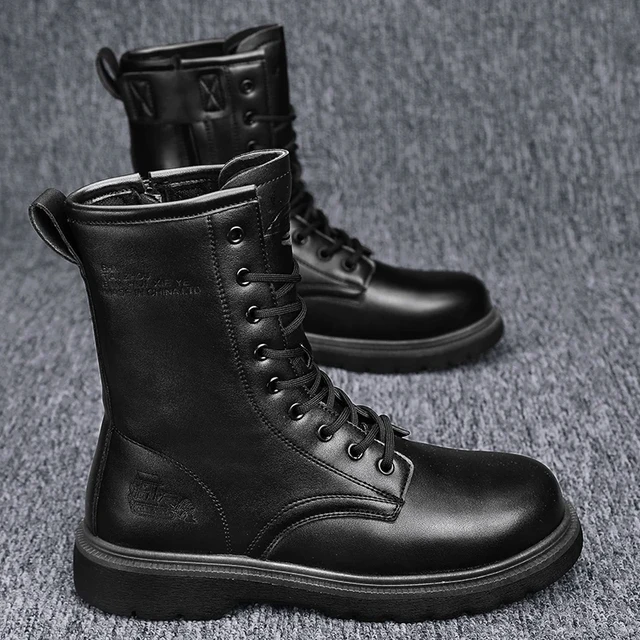
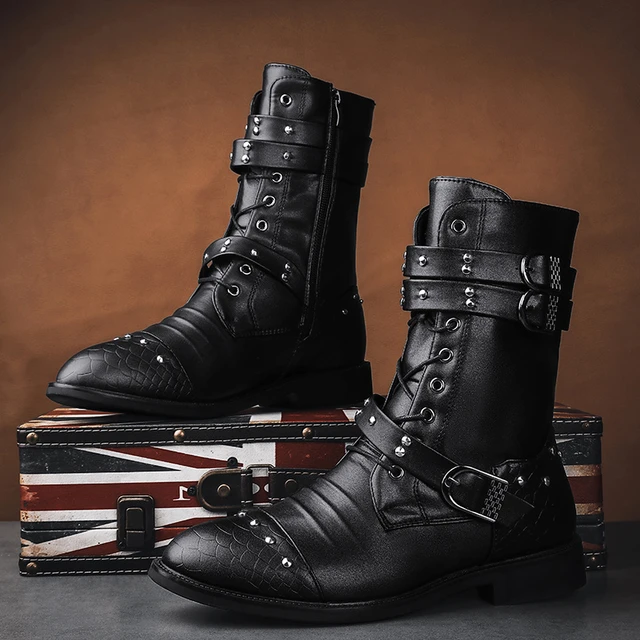 Riding in Steel-Toed Motorcycle Boots
Riding in Steel-Toed Motorcycle Boots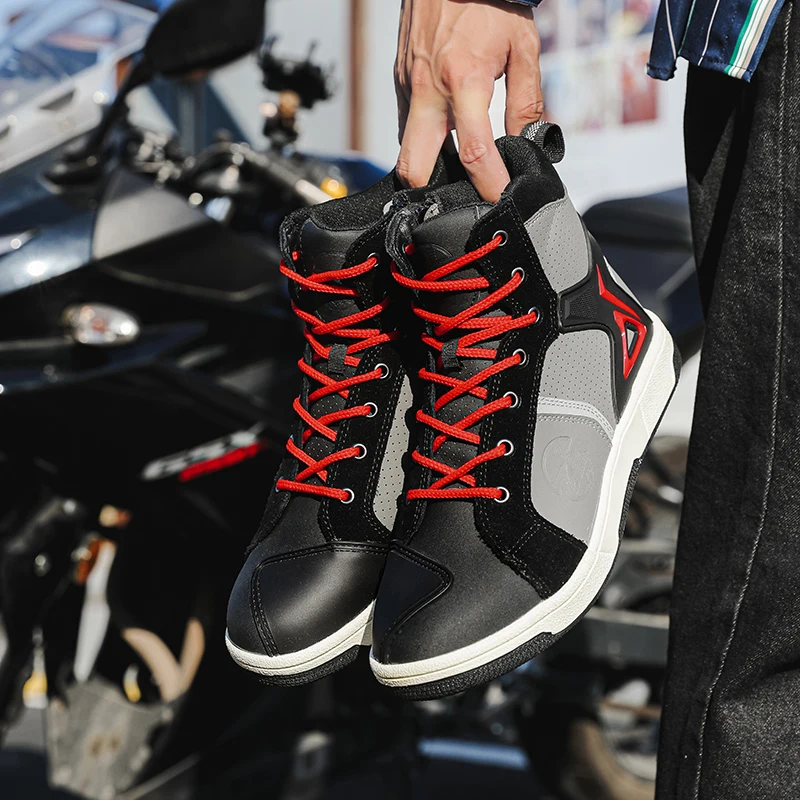
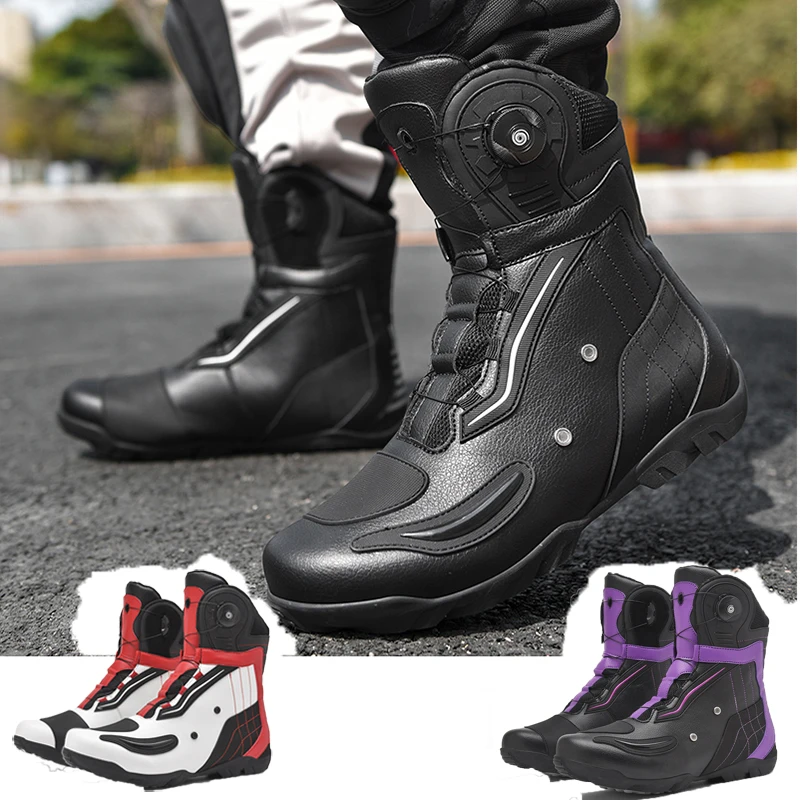
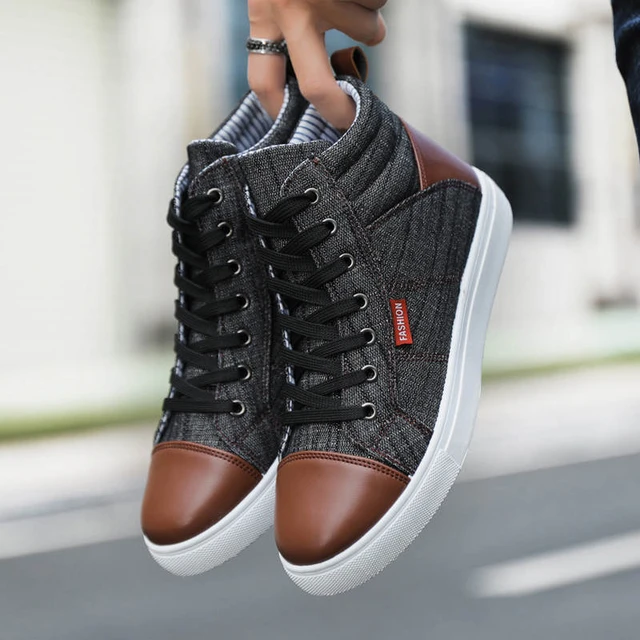 Top Recommendations for Wide Motorcycle Shoes
Top Recommendations for Wide Motorcycle Shoes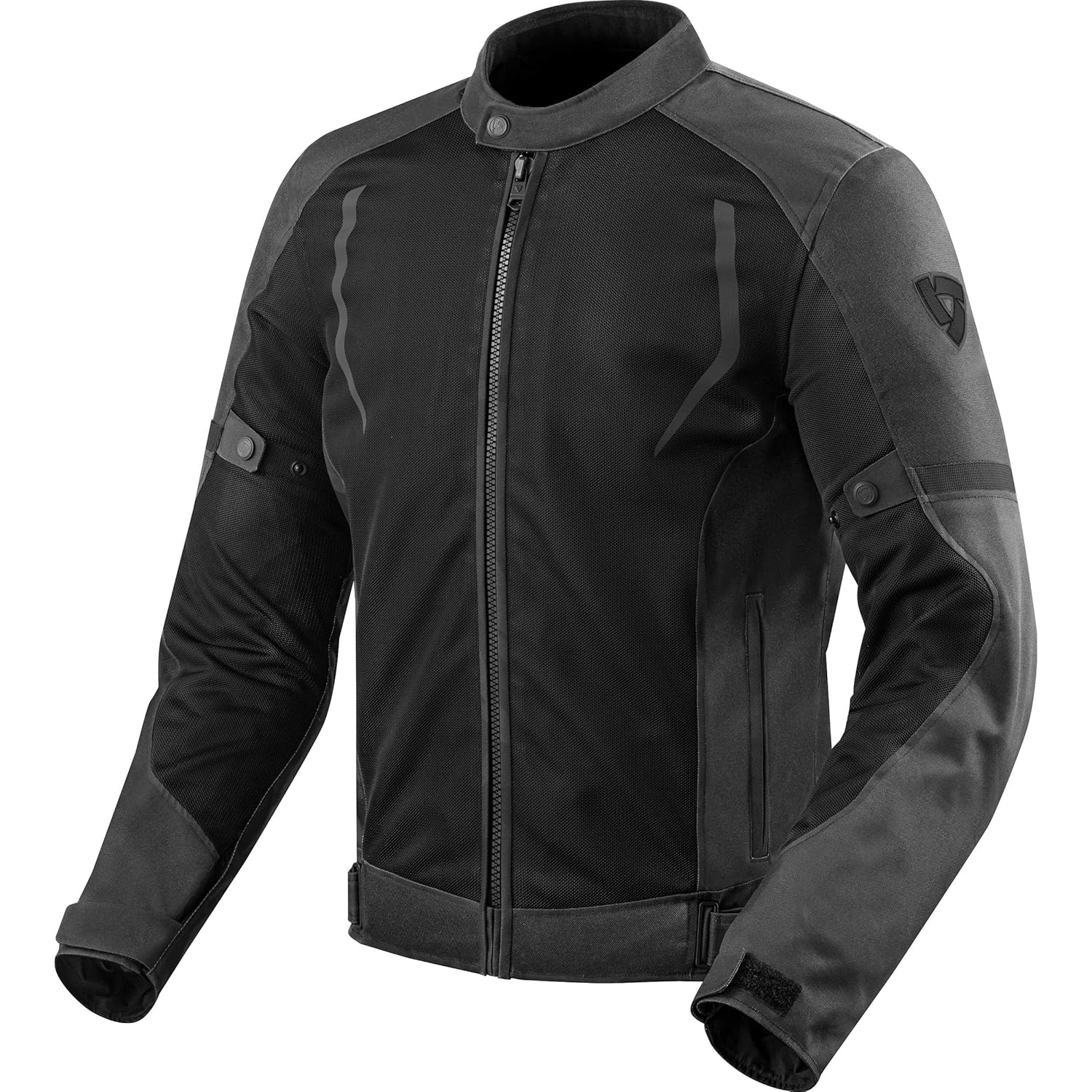
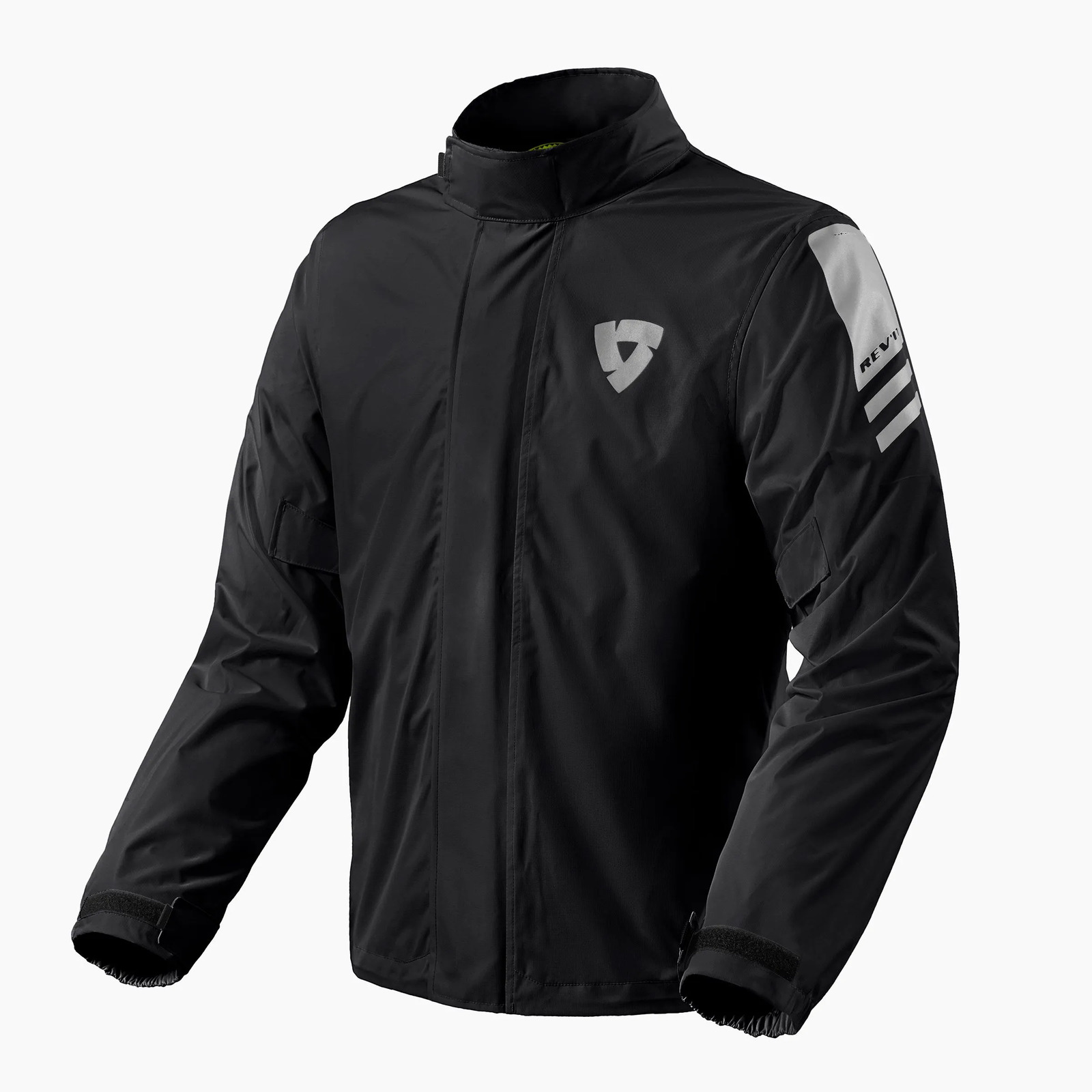
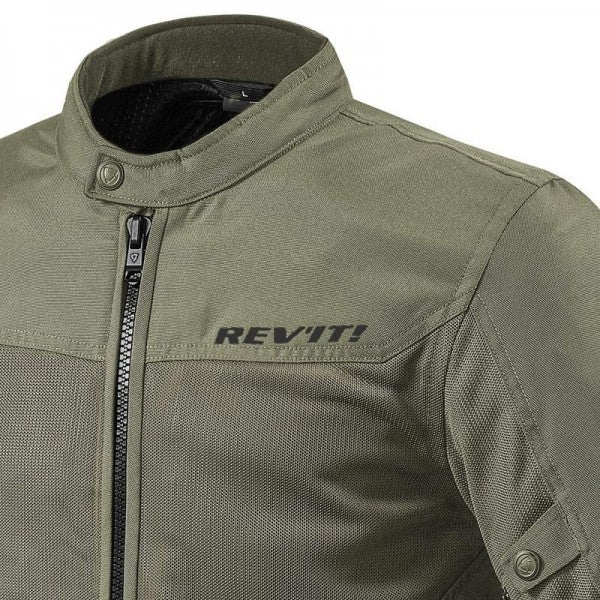 Why Choose Rev’it Motorcycle Jackets?
Why Choose Rev’it Motorcycle Jackets?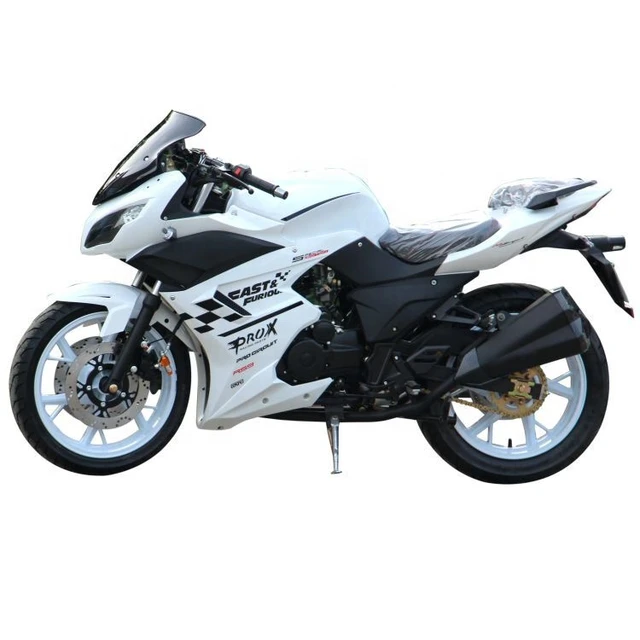
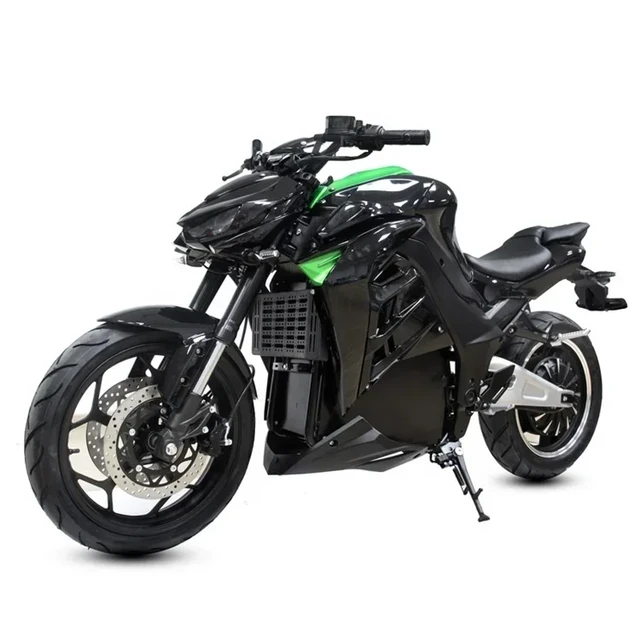
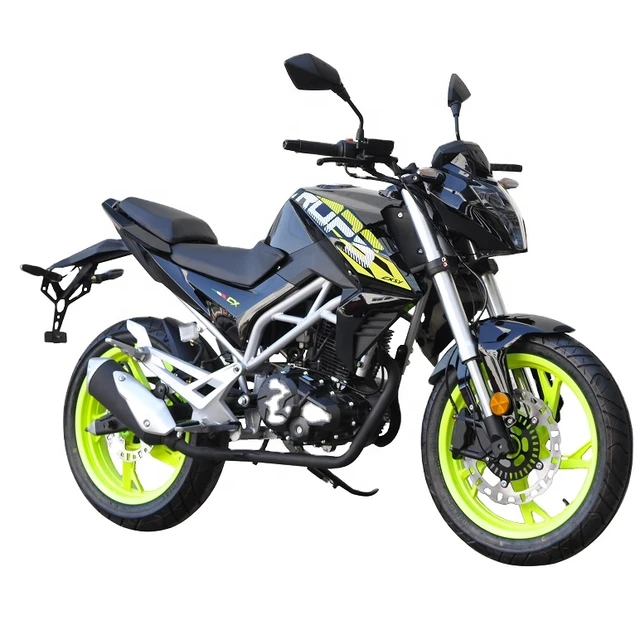 Behavioral Factors
Behavioral Factors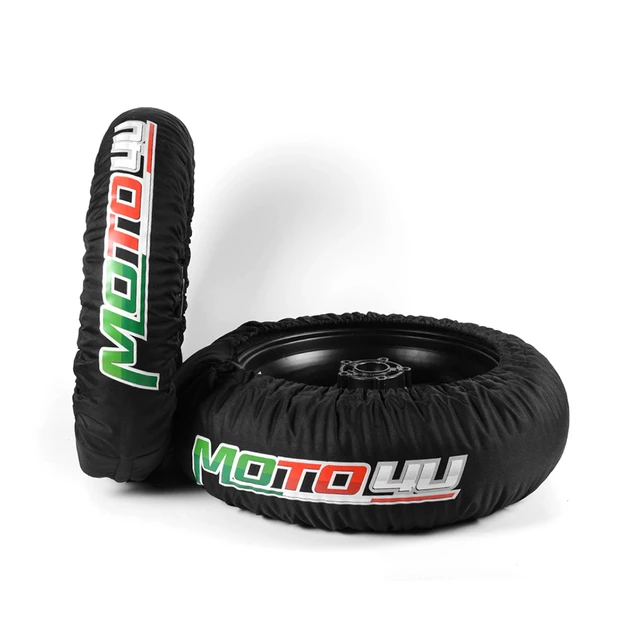
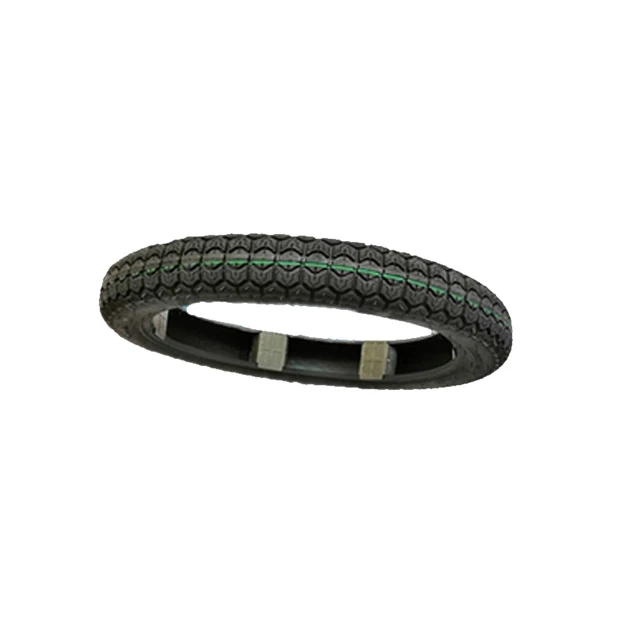
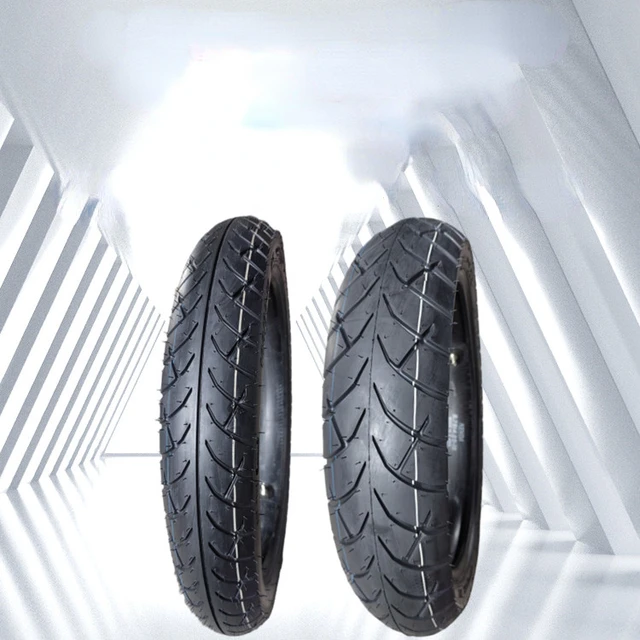 Installation and Maintenance
Installation and Maintenance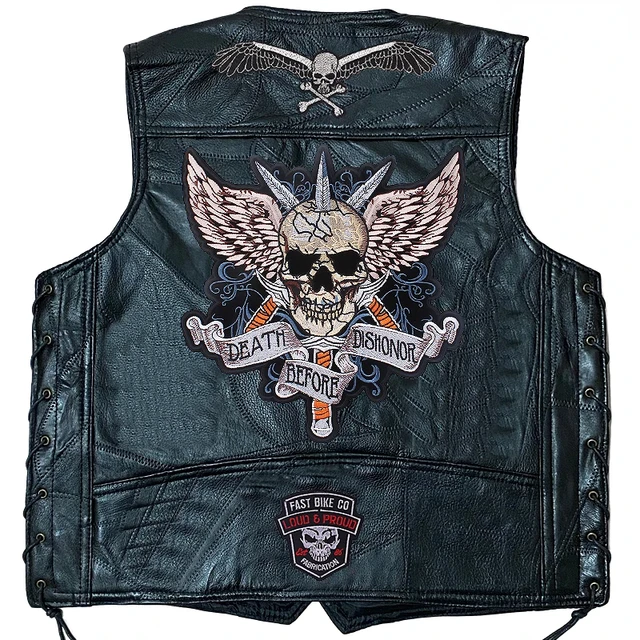
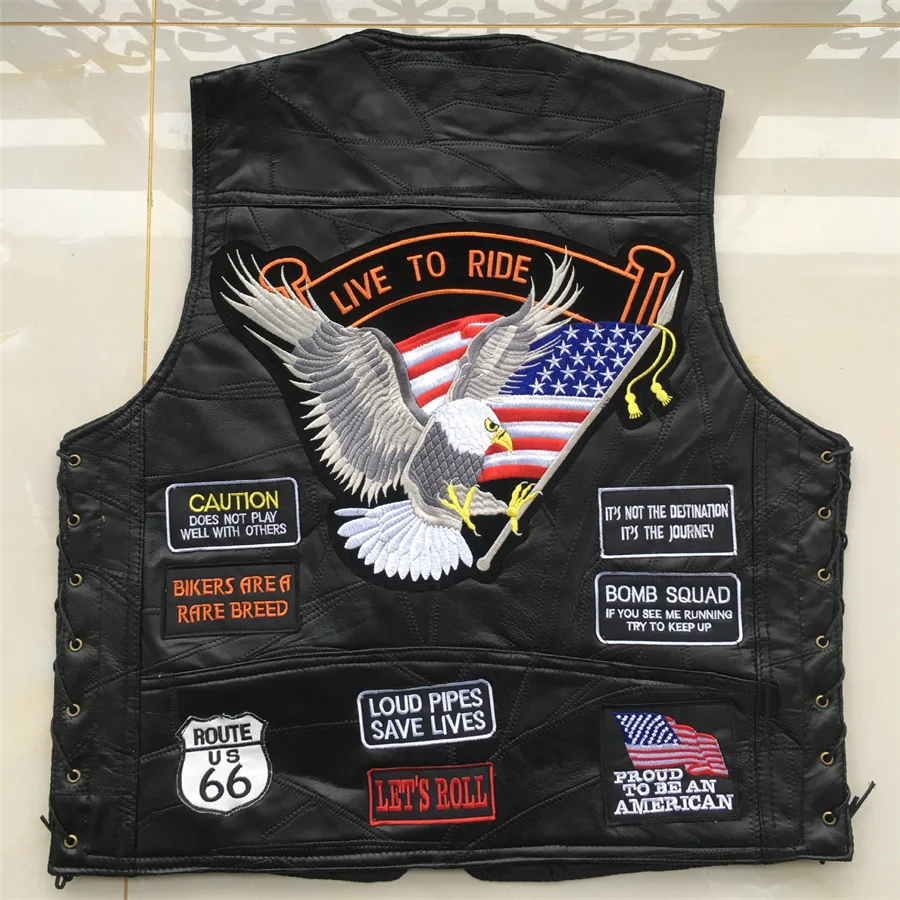
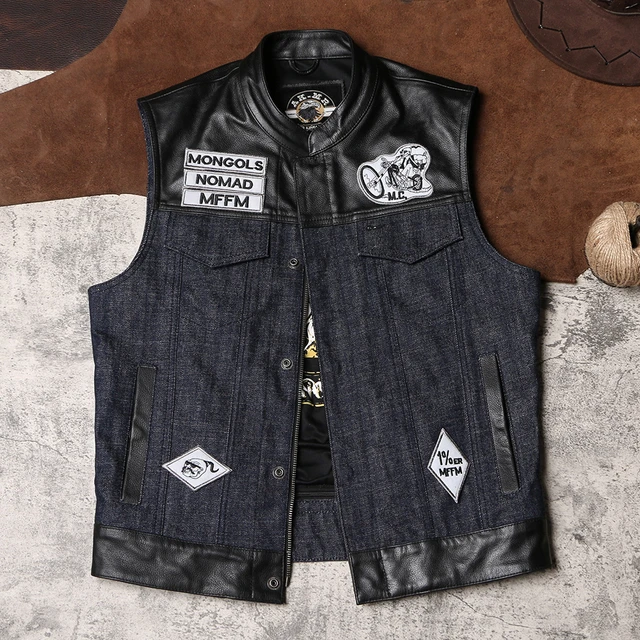 Maintenance and Care
Maintenance and Care